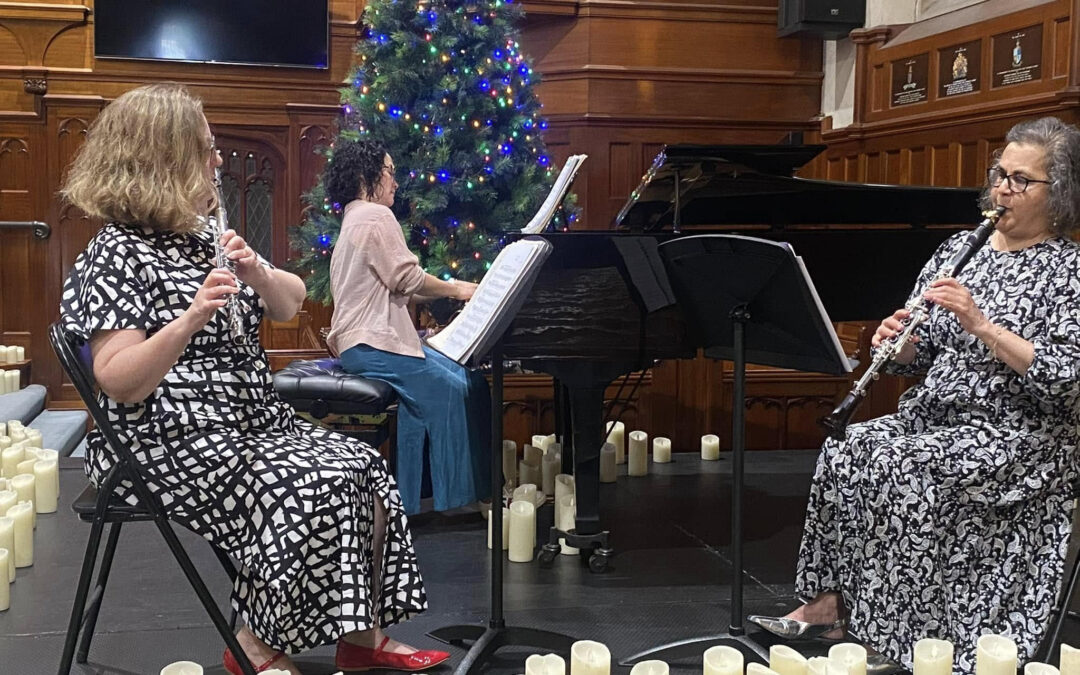I’ve been enjoying my super music dictionary, the 29 volume New Grove II, for about eight years, but this is the first time I’ve noticed a typo, as I read the entry for Wolfgang Steffen. It’s not an insignificant one, because it’s the composer’s surname!
I’m guessing many readers will not be acquainted with Wolfgang Steffen, though he was a leading composer in Germany in the second half of last century. Sheet music stores have many of his works available for purchase, which, like Bach, encompass every genre except opera.
I hadn’t heard of him either, until I got the opportunity to review this new Australian CD. The music is challenging and interesting, but it is not easy listening. The best way to appreciate the music would be to experience it in a concert. But this CD is the next-best thing, because it features superbly recorded performances, and provides detailed information and helpful pointers for listening to each work featured.
 The first track is a 1969 live recording of the world premiere performance in Berlin of Steffen’s 1968 Violin Concerto. Daniel Herscovitch’s notes are essential if you want to come to grips with this 23 minute, single movement tour de force (which does neatly divide into four movements within a movement).
The first track is a 1969 live recording of the world premiere performance in Berlin of Steffen’s 1968 Violin Concerto. Daniel Herscovitch’s notes are essential if you want to come to grips with this 23 minute, single movement tour de force (which does neatly divide into four movements within a movement).
All of the other tracks are new recordings of Australian performers, including Merlyn Quaife, who sings Three Li-Tai-Po Lieder, the manuscript of which was given to her by the composer himself, after he heard her performing as part of the Australia Felix contemporary music ensemble in Berlin in 1981. The booklet includes her reminiscences of her encounters with Steffen and his widow, with whom she still corresponds.
Clemens Leske and Daniel Herskovitch play Steffen’s Notturno for Piano Duet, his only work for piano four hands. Many pieces for piano duet have one main style throughout, whereas this work uses quite a variety.
The Dialog for Mandolin and Piano is aptly named, sounding very much like a conversation. The piano writing has been crafted to allow the mandolin and piano to be equal partners.
Diagramm for Cello and Piano, written in 1965, is a lengthy, single movement work, incorporating many demands on the performers’ technical ability, especially cellist, Geoffrey Gartner.
As well as providing a listening guide, the booklet also gives the lyrics for the songs, in German and English, and biographical notes on each performer.
Review for:
![]()
Wolfgang Steffen | performed by Geoffrey Gartner, Daniel Herscovitch, Stephen Lalor, Clemens Leske, Hans Maile, Merlyn Quaife | Recorded at Sydney Conservatorium Of Music by Max Harding | Purchase on Readings
![]()





























